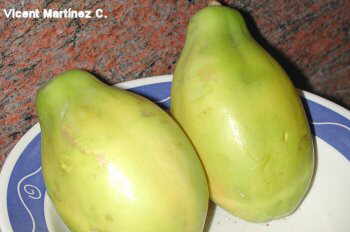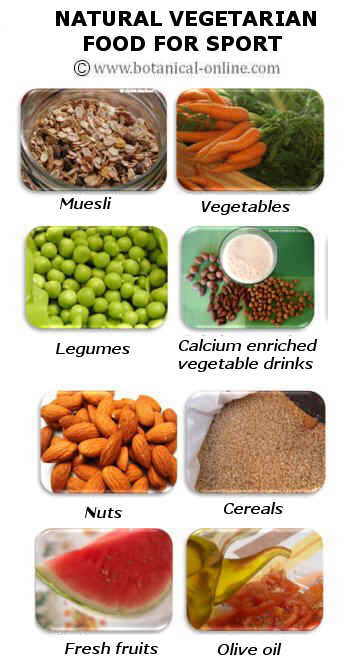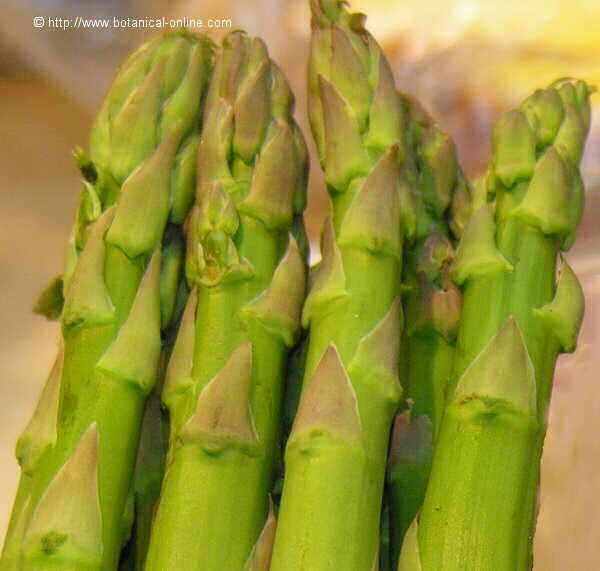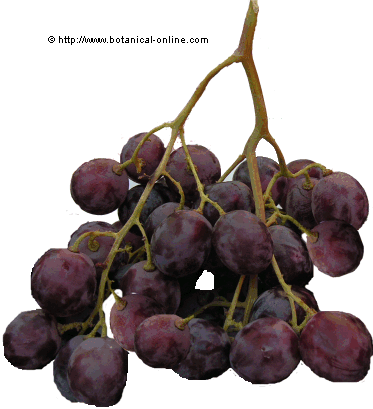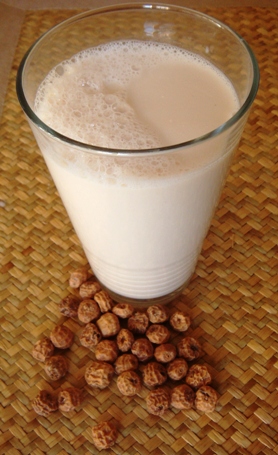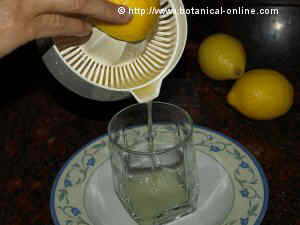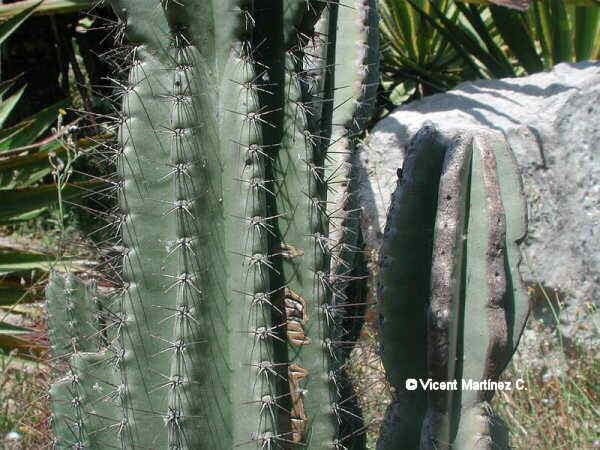Contents
What is a black currant plant?
Characteristics of black currant (Ribes nigrum)
Common English name: Black currant, cassis
Scientific name: Ribes nigrum L.
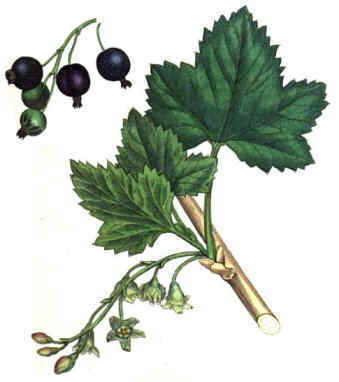
Family: Saxifragaceae.
Habitat: Like redcurrant, it also has Euro-Asian origin. You can find even in the wild in forests of eastern France, although it appears in crops in many parts of central Europe.
Blackcurrants are very common in the UK, being grown everywhere. The reason for this is because its cultivation was encouraged by the British government during World War II. In the absence of other fruits rich in vitamin C, such as citrus, the citizens were advised to plant blackcurrants in their gardens because they were very rich in this vitamin, so they could prevent many diseases caused by their absence, especially scurvy. With this fruit currant liqueur and blackcurrant syrup were mainly produced. The latter was provided free to all children.
In the U.S., black currant crop was very common until its cultivation was banned in the early twentieth century because this plant transmitted a disease that threatened the pine forests. Although the ban was lifted in the second half of the twentieth century, the fame of this plant diminished such as its cultivation.
Description of blackcurrant
It differs from the common currant or redcurrant species because of its black color fruits and because it looks less tall and wider. Its leaves are more aromatic by the presence of yellow-secreting glands located on the underside. Its flowers have reddish tones inside.
The fruits have similar edible properties to red currant, although more pronounced. (See redcurrant properties in the listing below) With this bush, currant liqueur is made.
Black currants are less resistant to frost than red or white, so they should be planted in places where frost does not occur. They are also more affected by air currents.
Blackcurrant provides berries before the redcurrant because its fruits grow on the young branches of the same year, while redcurrants appear on old branches. Blackcurrants are more demanding in terms of soil while they require much compost. (See currants cultivation in the listing below)
Components of blackcurrant
- Acids: ascorbic acid (vitamin C) (Fruits and young buds), citric, malic (fruit)
- Fats: essential fatty acids: linolenic acid, gamma-linolenic and linoleic acids (essential oil)
- Rich in essential oil: pinene, alpha-pinene, beta-pinene, cadinene, delta-cadinene, caryophyllene, alpha-caryophyllene, sabinene alpha, etc. (Leaves)
- Flavonoids: rutin, quercetin, kenferol, hyperoside, astragaloside, mircetol, quercetin, isoquercetol, etc.) (Leaves)
- Anthocyanins: cianidol and delfinidol (fruits)
- Tannins. (Fruits)
- Pectin. (Fruits)
- Glucosides: cyanidin, delphinidin.
- Vitamins: Vitamin C, B vitamins (especially vitamin B5 (pantothenic acid) and vitamin B3 (Niacin) (Fruit)
- Minerals: calcium, copper, phosphorus, iron, magnesium, manganese, potassium, zinc.
![]() More information on black currant and other plants
More information on black currant and other plants

